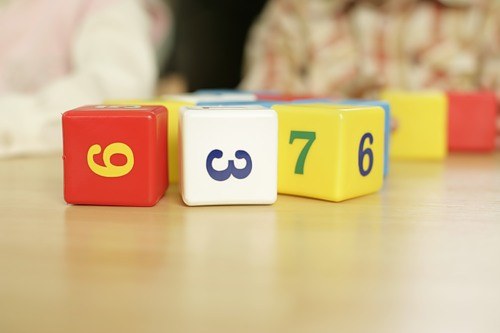You will need
- - homemade benefits-table with part numbers;
- - counting sticks.
Instruction
1
Draw on sheets of paper houses in several floors, each floor has two apartments (the window). On the roof of the house with your child write the number and explain that this number is on the roof — the owner of the house that permits you to settle on one floor, only the number of tenants corresponding to the number of-the owner. For a start, use for "moving" counting sticks or matches — it's more visual than just written numbers.
2
Complete the very floors of the first house, and then put this task in front of the child — he has to try to resettle the residents. Let the child pronounces the necessary amount, arguing like this: "the master of the house is the number 6, if one apartment per floor living 2 tenants, the other has to live 4".
3
Change the number of occupants from floor to floor and repeat with a new combination of numbers. In the house with the owner will be 6 combinations 1 and 5, 2 and 4, 3 and 3.
4
Go from counting sticks or matches to the written numbers. It is more difficult for children, so patiently repeat the exercise.
5
Gradually complicate the task. Cover one column of Windows, and pronounce with child neighbors numbers. So, if in the house with the master on the floor 8 lives 3, his neighbor is 5. Gradually the child himself will be able to call the desired number.
6
Instead of houses draw a flower in the center of which is written some number, and each petal is divided into two parts. The greater the number in the middle of the flower, the more petals it should be — on the number of possible composition. In every part of the petal write the number equal to the number of cores. Invite the child to continue to fill the petals of numbersI.
7
Give child a household example of a simple task type "in the sink stood 6 plates, mom washed 4 of them, how many dishes need washed?"
Note
The optimal duration of studies — 10-15 minutes. Longer sessions will bore the baby and benefit from these lessons will not.
Useful advice
Remember — in all activities memory requires regular practice, otherwise the child will quickly switch to more interesting things and forget about the material.
